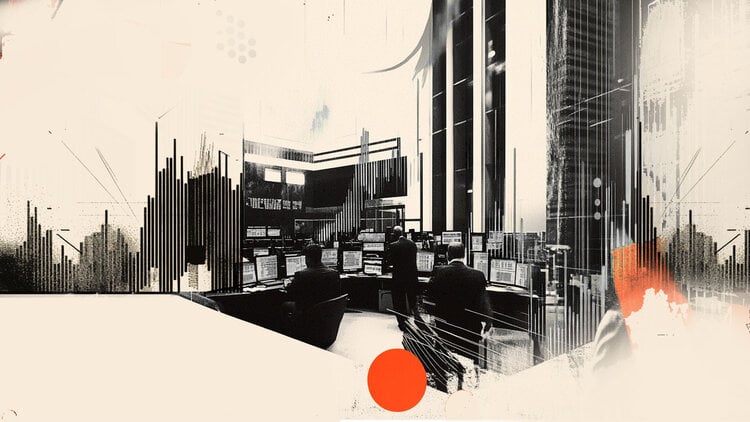At its meeting today, the Board of the Reserve Bank of Australia decided to keep current policy settings, including the interest rate of 0.10%, as expecteda. It also did not change its objective in the yield of the Australian government bond to 3 years, as well as the parameters of the Term Financing Facility and the government bond purchase program.
RBA statement
The outlook for the world economy has improved in recent months due to the continued launch of vaccines. While the road ahead is likely to remain bumpy and uneven, there are better prospects for a sustained recovery than a few months ago. World trade has recovered and commodity prices have risen in recent months. Even so, the recovery continues to depend on the health situation and significant fiscal and monetary support. Inflation remains low and below the central bank’s targets.
Positive news about vaccines, coupled with the prospect of more significant fiscal stimulus in the United States, has caused longer-term bond yields to rise sharply over the past month. This increase partly reflects an increase in inflation expected in the medium term at rates closer to the objectives of the central banks. Reflecting these global developments, there have been similar movements in the Australian bond markets. Changes in bond yields globally have been associated with volatility in some other asset prices, including exchange rates. The Australian dollar remains at the upper end of the range in recent years.
In Australia, the economic recovery is well advanced and has been stronger than expected. There has been a strong job growth and a positive decline in the unemployment rate to 6.4%. Retail spending has been strong and most households and businesses that had deferred loan repayments have now restarted repayments. The recovery is expected to continue, and the The central scenario is that GDP will grow 3.5% in both 2021 and 2022. GDP is expected to return to its level at the end of 2019 in the middle of this year.
Pressures on wages and prices are moderate and are expected to continue for some years. The economy continues to function with considerable spare capacity and the unemployment rate remains higher than it has been for some years. Further progress is expected in reducing available capacity, but it will take some time before the labor market is tight enough to generate wage increases that are consistent with meeting the inflation target. On the center stage, the unemployment rate will remain around 6% by the end of this year and 5½% by the end of 2022. In underlying terms, it is expected that the inflation is 1¼% in 2021 and 1.5% in 2022. CPI inflation is estimated to temporarily rise due to the reversal of some price reductions related to COVID-19.
The current monetary policy setup continues to help the economy by keeping financing costs very low, contributing to a lower exchange rate than in another way and supporting the supply of credit and the balance sheets of families and companies. Together, monetary and fiscal policies are supporting the recovery in aggregate demand and the rebound in employment.
Interest rates for most borrowers are at record lows and Australian house prices have risen recently. Homeowner credit growth for owner-occupiers has recovered, but investor and business credit growth remains weak. Credit standards remain strong and it is important that they remain so in an environment of rising house prices and low interest rates.
The Bank remains committed to the 3-year yield target and recently acquired bonds to support the target and will continue to do so as needed. Additionally, bond purchases under the bond purchase program were brought forward this week to help with the smooth functioning of the market. The Bank is willing to make further adjustments to its purchases in response to market conditions. To date, a total of $ 74 billion of government bonds issued by the Australian government and states and territories have been purchased under the initial $ 100 billion program. Another $ 100 billion will be purchased after the initial program is over, and the Bank is willing to do more if needed. Authorized deposit-taking institutions have withdrawn $ 91 billion from the Term Financing Facility and have access to another $ 94 billion. Since the beginning of 2020, the RBA balance has increased by around $ 175 billion.
The Board remains committed to maintaining highly favorable monetary conditions until its goals are achieved. The Board will not increase the cash rate until actual inflation is sustainably within the 2% to 3% target range.. For this to happen, wage growth will have to be materially higher than it is today. This will require significant gains in employment and a return to a tight job market. The Board does not expect these conditions to be met until 2024 at the earliest..
.
Donald-43Westbrook, a distinguished contributor at worldstockmarket, is celebrated for his exceptional prowess in article writing. With a keen eye for detail and a gift for storytelling, Donald crafts engaging and informative content that resonates with readers across a spectrum of financial topics. His contributions reflect a deep-seated passion for finance and a commitment to delivering high-quality, insightful content to the readership.







